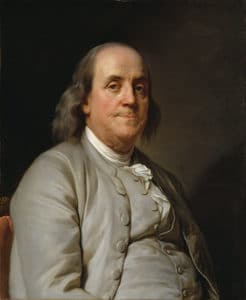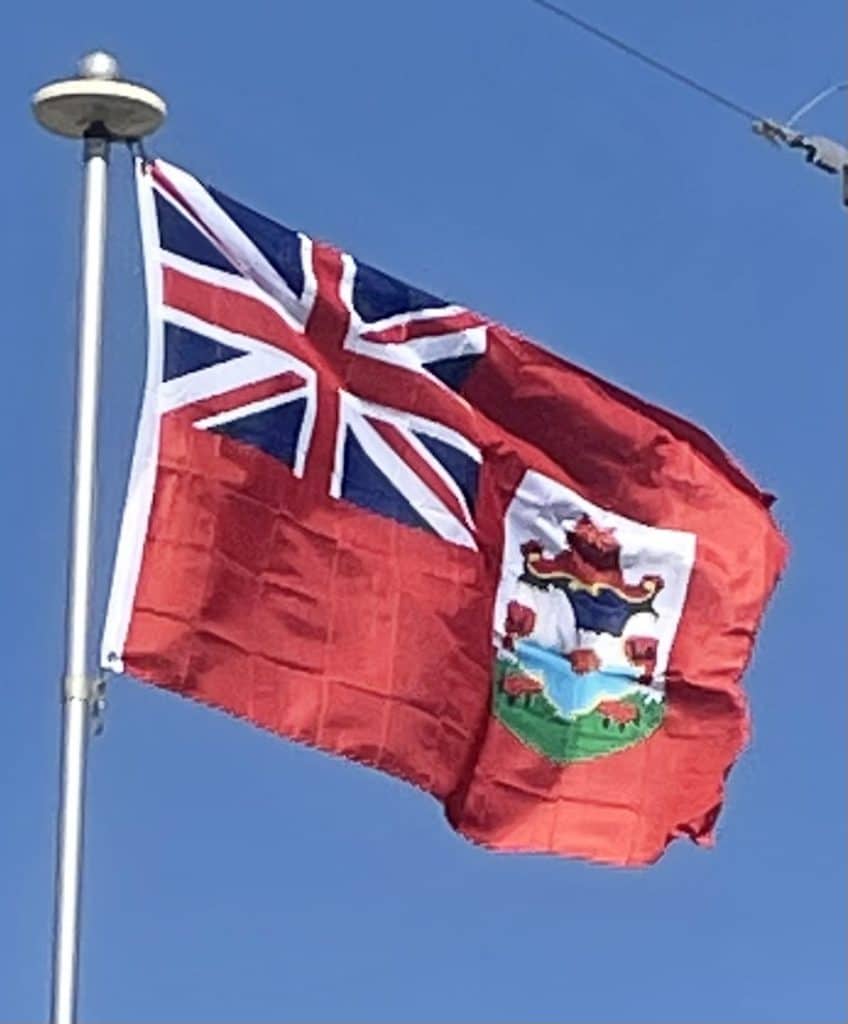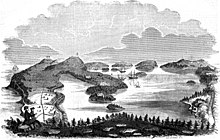
Three American boats, operating from Charlestown, Philadelphia and Newport, sailed to Bermuda, and on 14 August 1775, 100 barrels of gunpowder were taken from the Bermudian magazine while Governor George James Bruere slept, and loaded onto these boats. As a consequence, on 2 October the Continental Congress exempted Bermuda from their trade ban, and Bermuda acquired a reputation for disloyalty. Later that year, the British Parliament passed the Prohibitory Act to prohibit trade with the American rebelling colonies, and sent HMS Scorpion to keep watch over the island. The island’s forts were stripped of cannons. Yet, wartime trade of contraband continued along well-established family connections. With 120 boats by 1775, Bermuda continued to trade with St. Eustatius until 1781, and provided salt to North American ports.
In June 1776, HMS Nautilus secured the island, followed by HMS Galatea in September. Yet, the two British captains seemed more intent on capturing prize money, causing a severe food shortage on the island until the departure of Nautilus in October. After France’s entry into the war in 1778, Henry Clinton refortified the island under the command of Major William Sutherland. As a result, 91 French and American ships were captured in the winter of 1778–1779, bringing the population once again to the brink of starvation. Bermudian trade was severely hampered by the combined efforts of the Royal Navy, the British garrison and loyalist privateers, such that famine struck the island in 1779.
The death of George Bruere in 1780 turned the governorship over to his son, George Jr., an active loyalist. Under his leadership, smuggling was stopped, and the Bermudian colonial government was populated with like-minded loyalists. Even Henry Tucker abandoned trading with the United States, because of the presence of many privateers.
The Bermuda Gazette, Bermuda’s first newspaper, began publishing in 1784.
19th century[edit]
After the American Revolution, the Royal Navy began improving the harbors on the Bermudas. In 1811, work began on the large Royal Naval Dockyard on Ireland Island, which was to serve as the islands’ principal naval base guarding the western Atlantic Ocean shipping lanes. To guard the dockyard, the British Army built a large Bermuda Garrison, and heavily fortified the archipelago.
During the War of 1812 between Britain and the United States, the British attacks on Washington, D.C. and the Chesapeake were planned and launched from Bermuda, where the headquarters of the Royal Navy’s North American Station had recently been moved from Halifax, Nova Scotia.
In 1816, James Arnold, the son of Benedict Arnold, fortified Bermuda’s Royal Naval Dockyard against possible US attacks. Today, the National Museum of Bermuda, which incorporates Bermuda’s Maritime Museum, occupies the Keep of the Royal Naval Dockyard.
The British abolished the slave trade in 1807, but not the institution itself. As a result of frequent slave rebellions in their other colonies, as well as the efforts of British abolitionists, the British Parliament abolished slavery in 1833.
Due to its proximity to the southeastern US coast, Bermuda was frequently used during the American Civil War as a stopping point base for the Confederate States‘ blockade runners on their runs to and from the Southern states, and England, to evade Union naval vessels on blockade patrol; the blockade runners were then able to transport essential war goods from England and deliver valuable cotton back to England. The old Globe Hotel in St. George’s, which was a center of intrigue for Confederate agents, is preserved as a public museum.
Anglo-Boer War:
During the Anglo-Boer War (1899–1902), 5,000 Boer prisoners of war were housed on five islands of Bermuda. They were located according to their views of the war. “Bitterenders” (Afrikaans: Bittereinders), who refused to pledge allegiance to the British Crown, were interned on Darrell’s Island and closely guarded. Other islands such as Morgan’s Island held 884 men, including 27 officers; Tucker’s Island held 809 Boer prisoners, Burt’s Island 607, and Port’s Island held 35.


